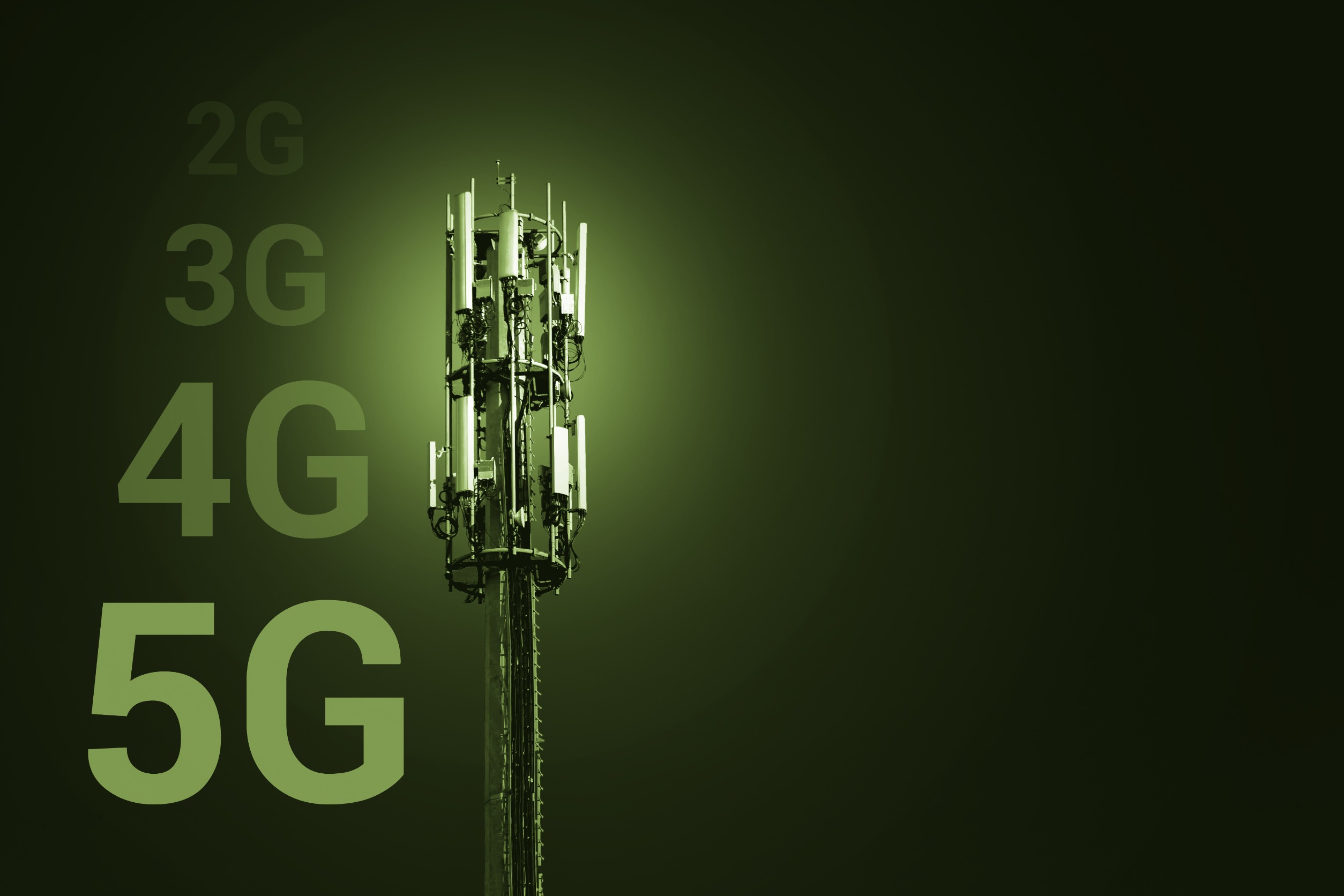Amidst the climate crisis and energy price increases, there has never been more pressure on businesses to become more energy efficient. As enterprises and industries seek to reduce energy waste, implement more renewable energy and enable efficiencies, they are turning to new technologies, namely software, to help them achieve these goals. 5G is among the technologies which is helping lead to more sustainable outcomes across industries. 5G is a natively greener technology with more data bits per kilowatt of energy than any previous wireless technology generation. With its multiple and diverse applications, 5G can address a wide range of sustainability objectives.
For example, through 5G, we are seeing enhancements in smart waste collection, real-time traffic management, smart water management, smart grids, smart animal tracking, autonomous transport and fuel optimisation. This will lead to emissions reductions in industries like energy, transport, manufacturing, and agricultural sectors which has the potential to be game-changing.
In the energy sector for example, a Mobile UK report found that 5G connectivity could save more than 250 million tonnes of CO2 emissions globally by 2030 by accelerating the move to wind and solar energy. The report said that 5G-enabled use cases can reduce carbon emissions in the energy industry by almost 1% between 2020 and 2030, which is the equivalent of half of Canada’s emissions in 2018.
Across industries, here are some of the main ways we’re seeing 5G, through the deployment of a variety of software tools, reduce energy consumption and carbon emissions:
- Smart grids: One of the most significant applications of 5G technology is in the development of smart grids. 5G can provide the high-speed, low-latency communication necessary for real-time control and monitoring of the grid. This can help to balance energy supply and demand, reduce energy waste, and increase renewable energy integration.
- Industrial automation: 5G technology also supports industrial automation, which can reduce energy waste by optimizing production processes and reduce downtime. With 5G’s high-speed, low-latency communication, industrial automation systems can operate in real-time, making them more responsive and efficient.
- Remote monitoring and control: Through 5G we will see advancements in remote monitoring and control technologies. 5G will enable energy systems to be monitored and controlled from a central location, reducing the need for on-site personnel, leading to reduced energy waste, lower costs and improved safety.
- Predictive maintenance: Data analytics and machine learning can help predict when equipment will fail, enabling maintenance to be performed before a failure occurs. This can reduce downtime and improve energy efficiency by ensuring that equipment is running at optimal levels. With 5G technology, data can be transmitted in real-time, allowing predictive maintenance to be more accurate and effective.
- The evolving role of AI: AI will play an important role in reducing CO2 emissions and lowering network energy costs without having an impact on performance or end customer experience. Nokia found that, in the telecom industry, AI energy management is seen to be immensely effective with up to 70% less energy consumption used for cooling and up to 30% energy saving in telco radio networks, as well as an overall reduced CO2 emission rate.
5G technology is also facilitating new business models and services that can improve energy performance across industries. For example, 5G can support the development of energy-as-a-service (EaaS) models, where energy providers offer energy services rather than just energy supply. This can encourage energy efficiency by incentivizing providers to reduce energy consumption while still meeting customers’ energy needs.
Additionally, 5G is enabling the development of virtual power plants (VPPs), where energy from multiple sources, such as solar panels and wind turbines, is aggregated and managed as a single entity. VPPs can help to balance energy supply and demand, reduce energy waste, and increase renewable energy integration.
The energy consumption of industries accounts for a significant portion of the world’s energy usage. As the world strives to achieve sustainable development goals and reduce carbon emissions, it’s essential to find ways to improve energy efficiency in industries. 5G technology presents the ability to not only address these growing concerns but also surpass goals through innovations like smart grids, industrial automation, remote monitoring and predictive maintenance.

